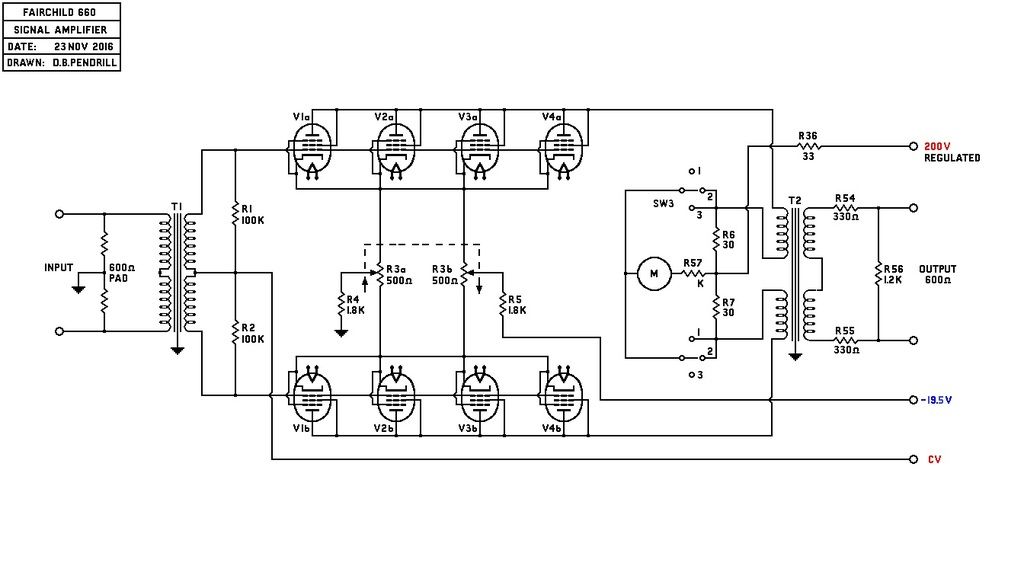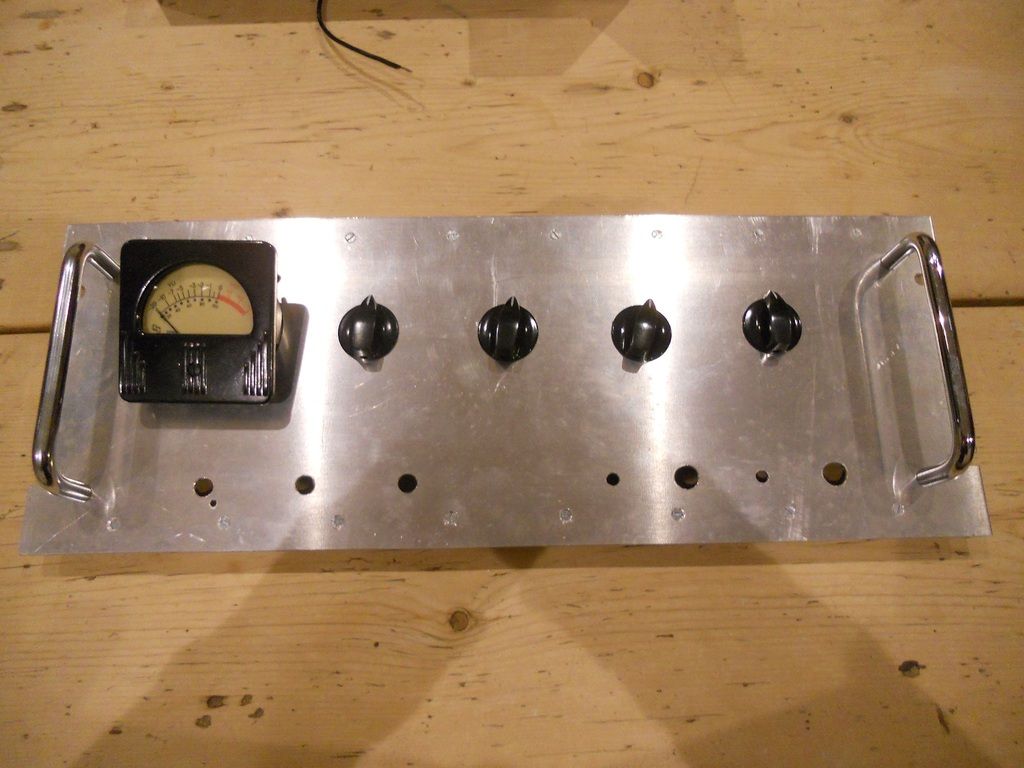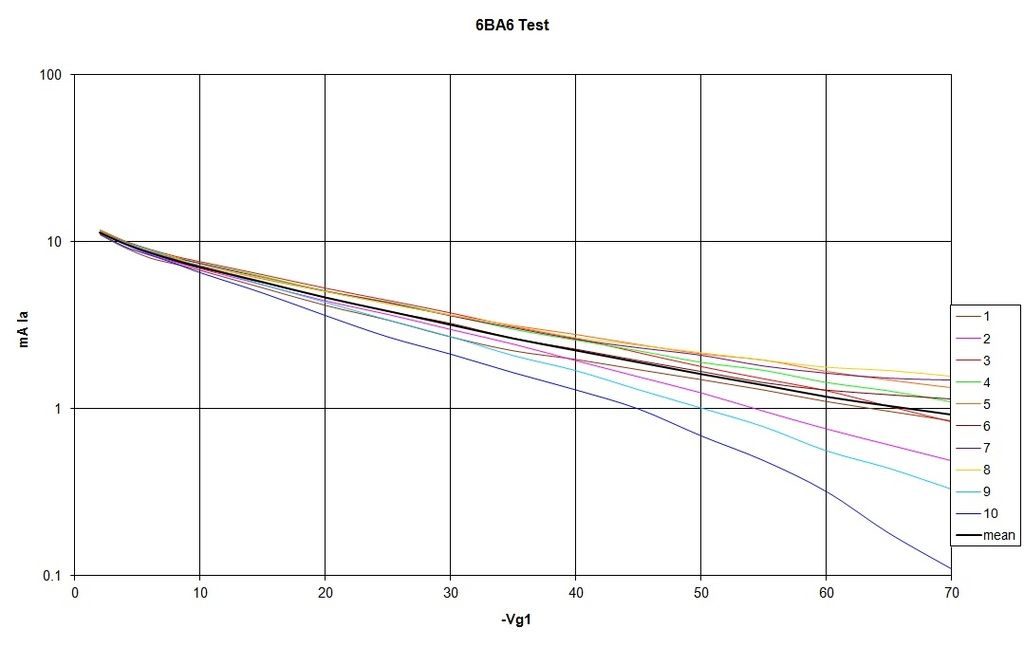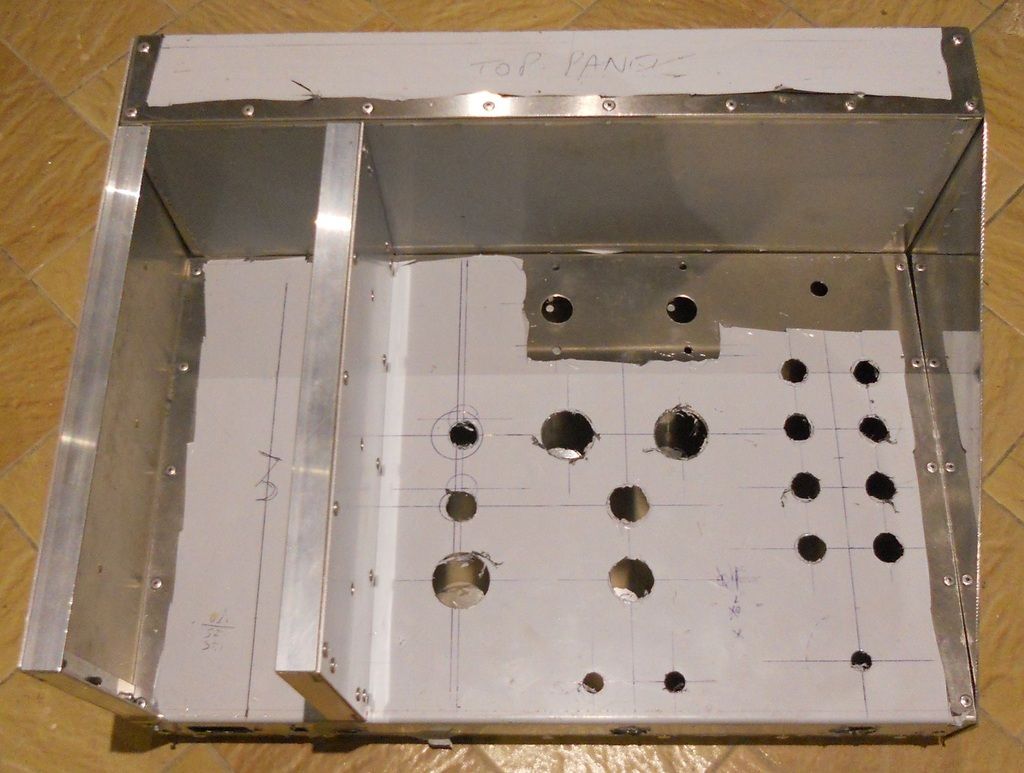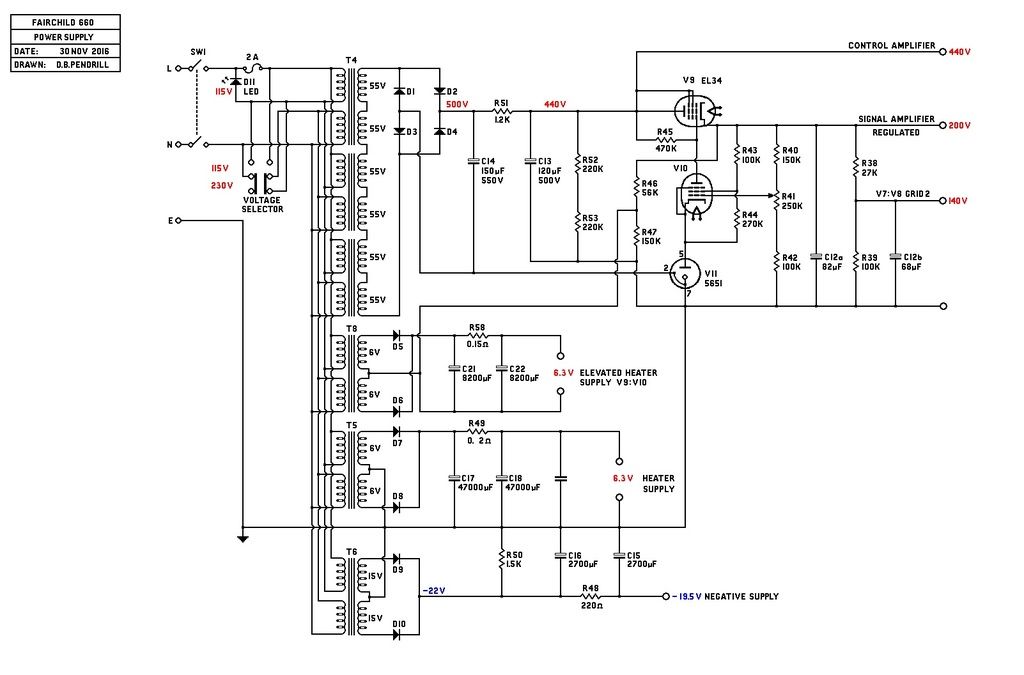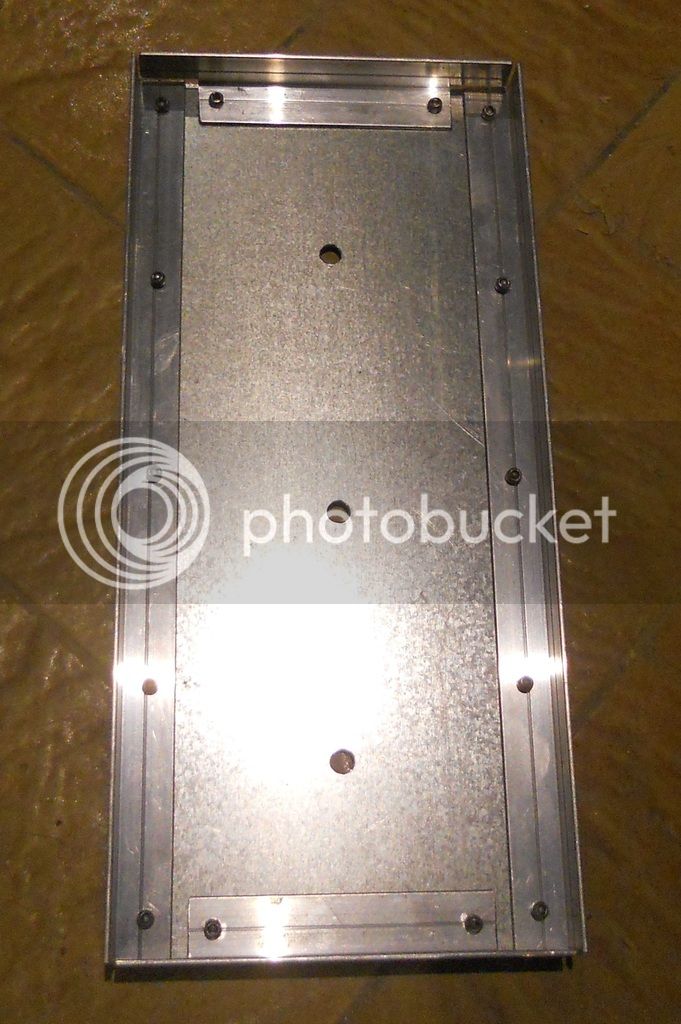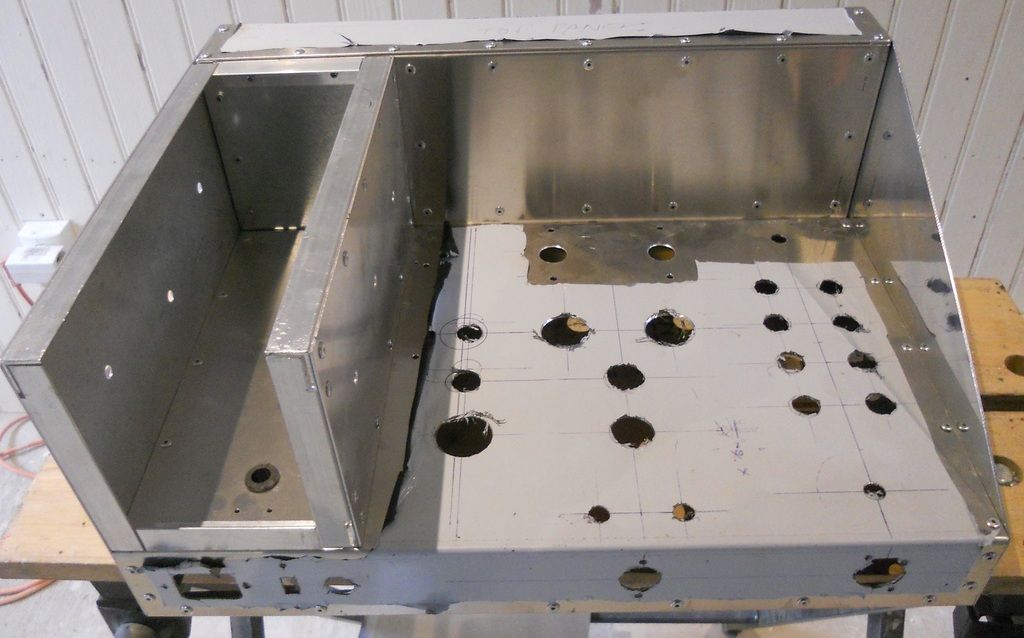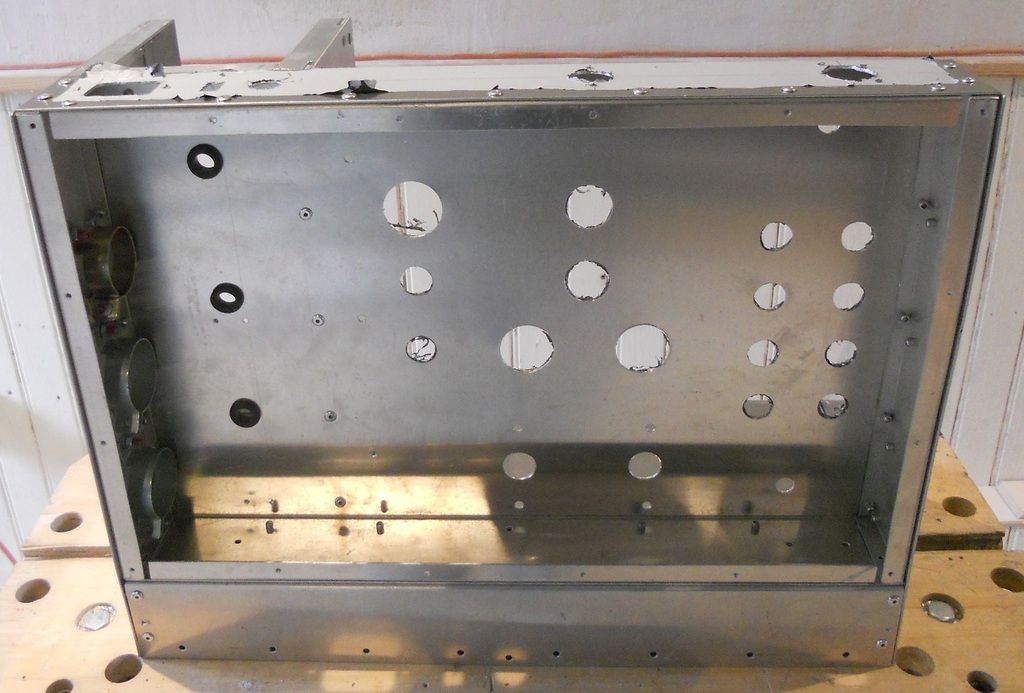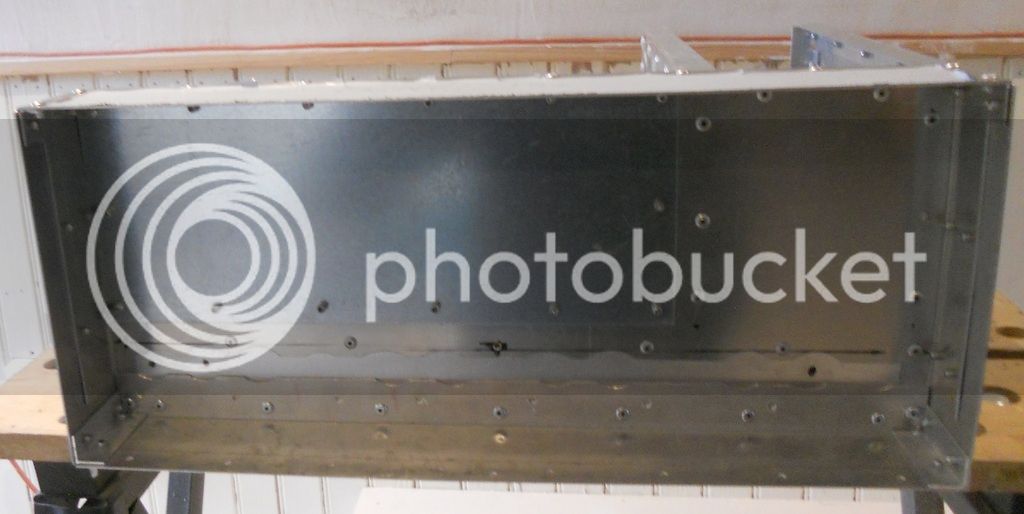I've had a request for one of these from a studio, so here goes.
The transformers are available from Sowter but they will set you back a grand or thereabouts, but a Hammond 1645 before they changed the secondary wiring works very well for the control amp OPT. The later 1645 obliges you to take the cover off to extract the 4 ohm wiring pair as one member here has recently done. You can then use this pair as a tertiary for feedback, the rest of the 70V windings power the diode bridge for the negative CV, I've had it up to 100V DC on a test circuit.
The feedback resistors have to be modified from stock because the tertiary is obviously not the same, and the total values have to add up to the original or else the operating point of the 12BH7 is altered. The stock values are 560 and 2700r but with the 1645 you need 3000 and 270 respectively, this gives you the required output impedance of 100 ohms which is essential to give you the attack of the 660.
This is how they all start:-
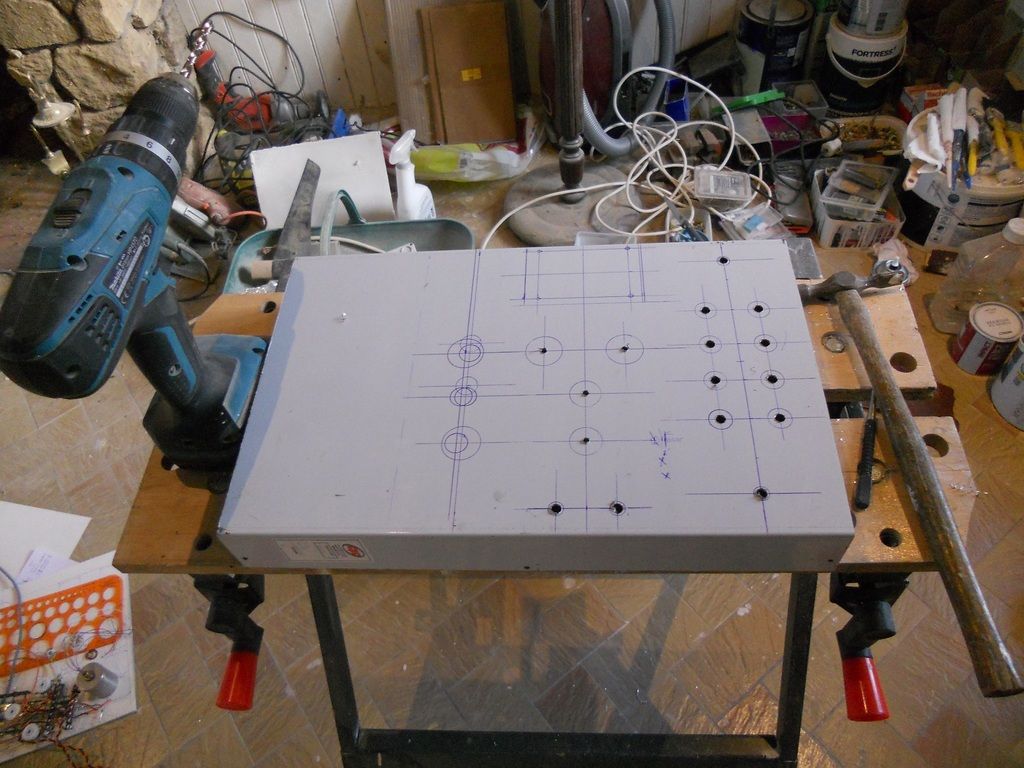
This is my Control Amp schematic re-drawn from the original. Very little changed from stock.
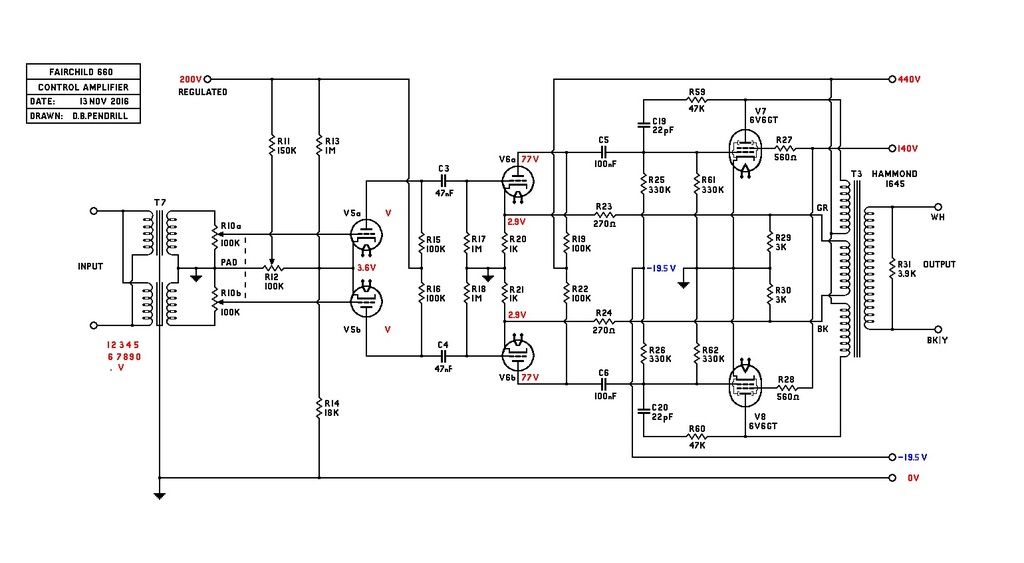
This build will continue over the next few months and was the reason I cancelled the EF85 project.
DaveP
The transformers are available from Sowter but they will set you back a grand or thereabouts, but a Hammond 1645 before they changed the secondary wiring works very well for the control amp OPT. The later 1645 obliges you to take the cover off to extract the 4 ohm wiring pair as one member here has recently done. You can then use this pair as a tertiary for feedback, the rest of the 70V windings power the diode bridge for the negative CV, I've had it up to 100V DC on a test circuit.
The feedback resistors have to be modified from stock because the tertiary is obviously not the same, and the total values have to add up to the original or else the operating point of the 12BH7 is altered. The stock values are 560 and 2700r but with the 1645 you need 3000 and 270 respectively, this gives you the required output impedance of 100 ohms which is essential to give you the attack of the 660.
This is how they all start:-

This is my Control Amp schematic re-drawn from the original. Very little changed from stock.

This build will continue over the next few months and was the reason I cancelled the EF85 project.
DaveP



